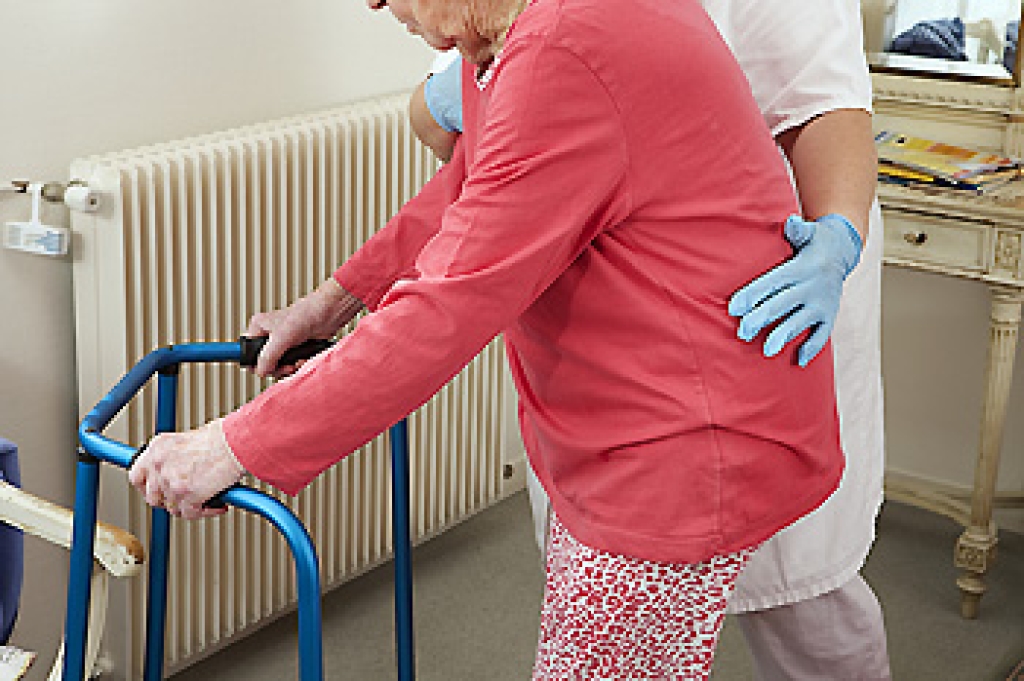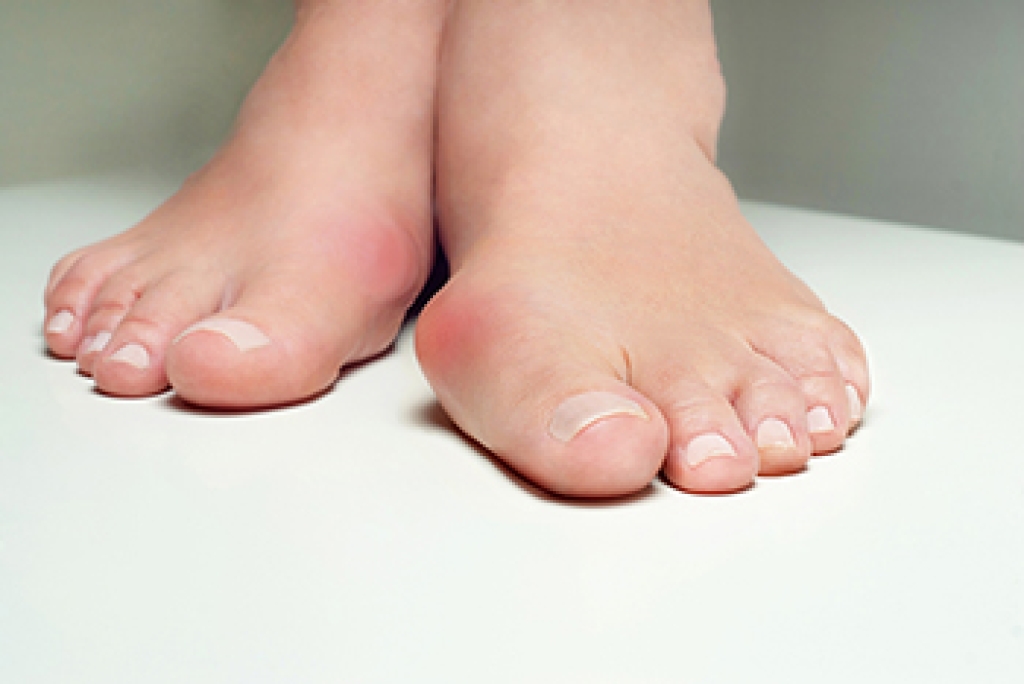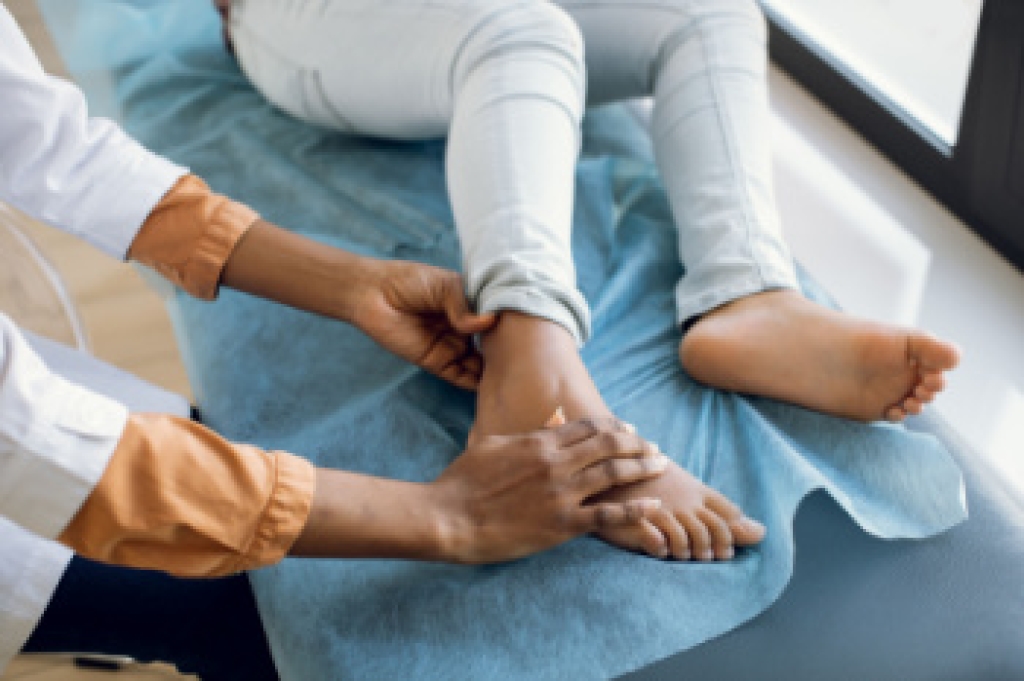Footwear and Falls Prevention

Wearing proper footwear is essential to reducing the risk of falls, especially for seniors or those with balance issues. Supportive, well-fitted shoes provide stability, improve traction, and help maintain proper alignment. Poorly chosen footwear, such as high heels, loose slippers, or worn-out soles, can increase the likelihood of slips or trips. Proper footwear should have a non-slip sole, low heels, and a secure fit around the foot. Avoid wearing shoes that are too tight or too loose, as they can affect balance. Look for shoes with cushioned insoles to absorb shock and reduce fatigue during movement. If a fall occurs, it is suggested that you consult a chiropodist to assess and treat any foot or ankle injuries, which could lead to chronic issues, if ignored.
Falls are a major cause of injury among the elderly. To learn more about preventing falls or to get treatment following a foot or ankle injury caused by a fall, please consult with one of the chiropodists from The Footcare Centre. Our chiropodists will assess your condition and provide you with quality foot and ankle treatment.
Falling is one of the leading causes of injury among the elderly. It is said that about 50% of falls that result in hospitalization occur in the home. Fortunately, there are steps that you can implement to reduce your risk of falling in the home.
Tips to Prevent Falls at Home:
- In the bathroom - Place non-slip mats in the shower or tub, install grab bars near the toilet and bath, and wipe up any moisture or spills as soon as possible.
- In the living rooms and bedroom - Remove loose wires, cords, or other objects that may be an obstacle to moving around safely. Make sure that you have good lighting throughout the home so that you can always see where you are going. Get rid of any rugs or mats that are not firmly anchored or that may cause you to trip. When walking around the home, move slowly.
- In the kitchen - Store food and supplies in easily accessible areas, store heavy items in lower cupboards, and wipe up any spills immediately to prevent slipping.
- On the stairs - Make sure that the stairs are well-lit and have secure handrails. Walk slowly when ascending or descending the stairs.
- Outside - Keep walkways well-lit and clear of snow, ice, leaves, and man-made tripping hazards.
Maintaining your overall health, including the health of your feet, can also help to prevent falls. Eat a healthy diet, exercise regularly, and wear well-fitted, comfortable, and supportive shoes. If you have a mobility device, such as a cane, use it while walking.
If you have any questions please feel free to contact our office located in Niagara Falls, ON .
Bunion Facts

A bunion is a bony bump that forms at the base of the big toe, caused by the misalignment of the joint. This deformity occurs when the big toe points toward the second toe, causing the joint to stick out. Symptoms of a bunion include pain, swelling, redness, and difficulty wearing shoes, particularly if they are tight or narrow. In severe cases, the deformity may make it challenging to walk. Several risk factors contribute to the development of bunions, including genetic predisposition, as they often run in families. Wearing ill-fitting shoes, particularly high heels or shoes with a narrow toe box, can also increase the risk. Additionally, conditions like flat feet, arthritis, and abnormal foot mechanics may contribute to the development of bunions. While some individuals may not experience significant pain, others may require treatment ranging from conservative measures such as orthotics to surgical correction for severe cases. If you have a bunion that is uncomfortable, it is suggested that you confer with a chiropodist who can offer you effective treatment solutions.
Bunions progressively worsen over time and may cause walking in your shoes to become difficult. To learn more about bunions, please consult with one of the chiropodists from The Footcare Centre. Our chiropodists will assess your condition and provide you with quality foot and ankle treatment.
What Are Bunions?
A bunion is a bony bump that protrudes from the base of the big toe. Bunions are caused due to a misalignment of the first metatarsal. The characteristic bump of a bunion forms when the metatarsal shifts outwards from its proper position. Bunions develop slowly over time and progressively worsen without treatment. The skin over the bunion may develop calluses due to the friction from shoes. Eventually, a bunion can make walking uncomfortable or even painful. Bunions are one of the most common foot deformities and are especially common in women and older adults.
Symptoms
A bunion appears as a bulging bump on the outside of the base of the big toe.
The bunion may also:
- Be swollen, red, or sore
- Develop corns or calluses over it
- Cause pain
- Limit the big toe’s range of motion
Treatment
There are several different treatments available for bunions. Conservative treatment options include wearing shoes with a wider toe box, cushioning the bunion with a specialized pad, wearing shoe inserts, icing the bunion if it becomes inflamed, and taking medications to relieve pain. In more severe cases, more invasive procedures may be done. This may involve removing the swollen tissue around the bunion, straightening the big toe, realigning the bones at the front of the foot, or a combination of these procedures.
If you have any questions please feel free to contact our office located in Niagara Falls, ON .
The Common Burden of Foot Pain

Foot pain is a prevalent issue affecting people of all ages everywhere. It becomes more common and severe with age. Foot pain can manifest as aching, stiffness, or sharp discomfort, impacting daily activities and overall quality of life. Women and individuals with excess weight are particularly at risk, as hormonal changes, footwear choices, and being overweight can place additional stress on the feet. Aging compounds these factors, with wear and tear on joints, reduced cushioning, and slower healing contributing to persistent discomfort. Addressing foot pain early is essential to prevent it from worsening. Simple measures like wearing supportive shoes, maintaining a healthy weight, and performing gentle stretches can offer relief. If you have persistent or severe pain, it is suggested that you consult a chiropodist for tailored care.
Foot pain is a common problem treated by chiropodists. If you have foot pain, please consult with one of the chiropodists from The Footcare Centre. Our chiropodists can help you maintain the health of your lower limbs and your mobility.
When you are experiencing foot pain, it’s important to note the type of pain and its location, as this can help determine a diagnosis.
Pain in the top of the foot may be caused by:
- Stress fractures
- Sinus tarsi syndrome
- Extensor tendonitis
- Tibialis anterior tendonitis
- Gout
- Athlete’s foot
- Ganglion cysts
Pain in the bottom of the foot may be caused by:
- Plantar fasciitis
- Foot cramps
- Tarsal tunnel syndrome
- Plantar fibromatosis
- Posterior tibial tendonitis
- Stress fractures
- Flat feet
Pain on the side of the foot may be caused by:
- Ankle sprain
- Cuboid syndrome
- Peroneal tendonitis
- Stress fractures
- Bunions
- Corns or calluses
- Posterior tibial tendonitis
Heel pain may be caused by:
- Plantar fasciitis
- Achilles tendonitis
- Bone spurs
- Heel fractures
- Retrocalcaneal bursitis
- Sever’s disease
Pain in the toes may be caused by:
- Gout
- Hammertoe
- Turf toe
- Bunions
- Ingrown toenails
- Blisters
- Arthritis
These and many more conditions can be treated by a chiropodist. If you have any questions please feel free to contact our office located in Niagara Falls, ON .


